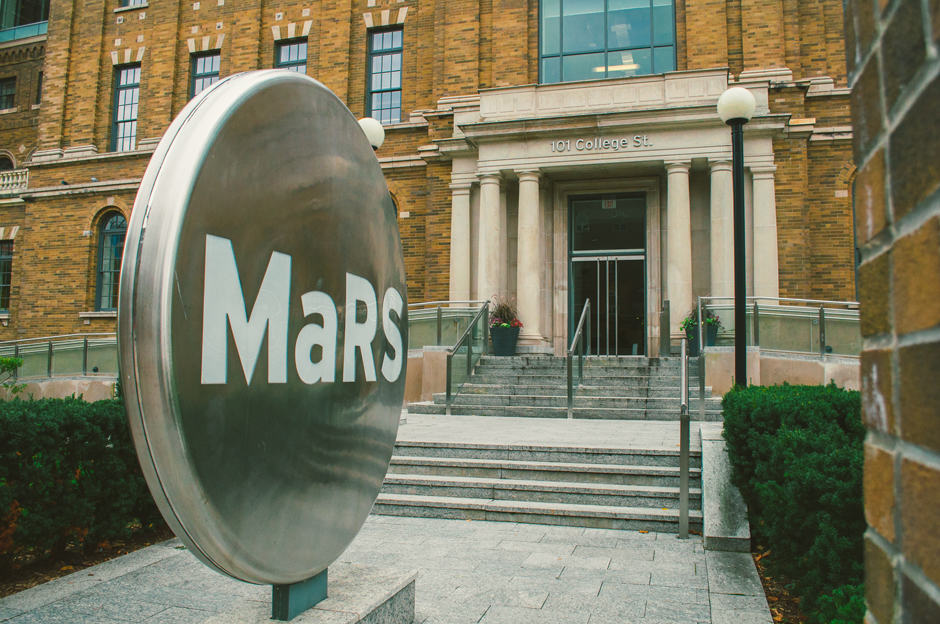Depending on whom one asks, the University of Toronto’s investments are either performing significantly better than they had in the past, or are losing millions in opportunity cost with an appreciable risk of losing more.
The Varsity obtained a copy of a 2012 Canadian Association of University Business Officers (CAUBO) survey that provided data on investment performance for nearly 70 Canadian universities.
The survey included information on the University of Toronto Asset Management Corporation (UTAM), a wholly-owned university subsidiary that manages both U of T’s endowment and pension funds.
UTAM was founded in 2000 as a vehicle through which U of T could attempt to pursue greater investment returns than it could with passive investment management. The corporation hires other investment management firms to invest the university’s endowment and pension funds.
In the 10 years leading up to December 31, 2012, UTAM posted an annualized rate of return of 5.2 per cent on U of T’s endowment and five per cent on the pension fund.
Over the same period, the median return among institutions with endowments of over $100 million and pension funds worth more than $500 million were six per cent and 7.1 per cent, respectively.
At first glance, then, over the 10 year period, UTAM seemed to under-perform in comparison to its peers.
DIFFERENT RISK AND RETURN TARGETS
Althea Blackburn-Evans, U of T director of media relations, cautioned against taking this conclusion at face value: “It is natural to think you can simply compare different institutions’ investment returns to measure comparative performance,” she said.
Blackburn-Evans noted that the performance of a Canadian university fund is a function not only of investor skill and market conditions, but also the risk and return targets of the client.
For this reason, rather than competing directly against other university funds, UTAM compares its performance to a benchmark portfolio that it constructs specifically for those purposes.
SELF-REPORTED DATA
Ettore Damiano, professor of economics and the University of Toronto Faculty Association (UTFA) representative on UTAM’s board of directors, also noted that data in the CAUBO report are self-reported.
Therefore, he said, it is difficult to draw effective comparisons from the report for a number of reasons.
For instance, some institutions may report their gains net of management fees — as UTAM does — while others may not.
Further, UTAM’s investment performance has improved.
In the five-year period ending June 30, 2014, UTAM reported that its returns on both the endowment and pension fund outperformed the hypothetical benchmark portfolio — 10.18 per cent compared to 9.13 per cent.
According to the report, the market value of U of T’s endowment per full-time equivalent student is about $22,000. For Victoria University, who has the highest endowment funds per full-time equivalent student of any university in the country, that number is closer to $111,000.
“URGENT NEED FOR LOW COST AND EFFECTIVENESS”
George Luste, former president of the UTFA, was less optimistic.
At the end of 2013, according to a presentation prepared in April 2014 by Allan Shapira of Aon Hewitt, a human resources consulting firm, the U of T pension fund ran a deficit of $1 billion — $3.05 billion in assets less $4.05 billion in going concern liabilities.
The university’s projected 2014-2015 operating revenues are about $2.04 billion.
In a presentation prepared for the UTFA, Luste argued that the university’s pension fund’s going concern liabilities are closer to $5 billion, if its real rate of return in the coming year is assumed to be 2.25 per cent — a more conservative estimate with which U of T budgeted in the early 1980s.
If Luste is correct, the university would need to draw about $200 million from its operations budget for 15 years to eliminate the pension fund’s deficit.
“I am very concerned about the pension future for the younger, be it in society or at our university,” he stated.
Luste went on to say that there is an “urgent need for low cost and effectiveness — in management and in the investment process.”
He also said that U of T ought to pursue a low-cost, largely passive investment management structure — as it did prior to UTAM’s founding — or risk repeating the mistakes of 2008 and 2009, when UTAM lost about $1 billion.
“There’s no accountability. Every time I bring this up, they say, ‘That’s in the past. Why are you thinking about the past?’ Well, I say, if you don’t figure out what you did wrong in the past, how are you going to do things right in the future?” Luste said.
RISK RESTRUCTURING
Damiano said he could not identify the exact reason that the UTAM portfolio of assets performed poorly in 2008 and 2009.
However, Damiano said that, since 2009, UTAM has been restructured to lower its risk-appetite in exchange for lower expected returns so as to reduce the likelihood of such extreme losses in the future.
UTAM’s annual performance in the past five years has consistently beaten the benchmark portfolio’s.


